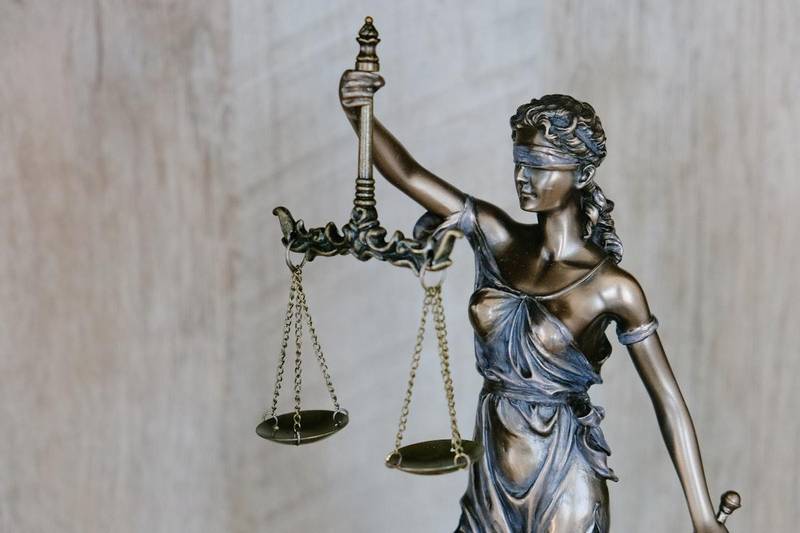Research Articles
Unraveling the Truth: How a Forensics Minor Turns Liberal Arts Students into Modern-Day Detectives
Explore how a Multidisciplinary Minor in Forensics transforms liberal arts students into skilled investigators through scientific principles and hands-on experimentation.
The Unseen Landscape: How a Surface's Tiny Topography Unlocks Hidden Fingerprints
Explore how surface topography affects forensic fingerprint development using iron oxide powder suspension in this scientific analysis.
Cracking the Code: The Silent Witnesses of Crime Scene Science
Explore how forensic biology and chemistry transform tiny biological and chemical clues into powerful evidence for solving crimes.
Unveiling the Smoke Screen: The Forensic Hunt for Nicotine
Explore how forensic scientists use GC-MS to simultaneously detect nicotine and cotinine, revealing secrets about tobacco exposure and smoking habits.
Forensic Soil Analysis: Unlocking Crime Secrets with Atomic Techniques
Explore how forensic scientists use Neutron Activation Analysis and Atomic Absorption Spectroscopy to solve crimes through soil evidence.
The Father of Forensics: Alfred Swaine Taylor and the Dawn of Toxicological Science
Explore the life and work of Alfred Swaine Taylor, the father of British forensic medicine, whose pioneering work in toxicology transformed criminal investigation in Victorian England.
The Color of Truth: How a Beam of Light Solves Paint Crimes
Discover how forensic scientists use visible reflectance spectroscopy to analyze paint evidence and solve crimes through this engaging undergraduate lab experiment.
The Genetic Ghost in the Machine: Pulling DNA from a Pipe Bomb's Ashes
How forensic scientists are solving crimes by analyzing the invisible biological traces left behind on the most dangerous of evidence.
The Genetic Whisperers: How mRNA and Green Dye Are Revolutionizing Forensic Investigations
Cutting-edge mRNA profiling with SYBR Green dye transforms forensic investigations by identifying body fluids with unprecedented precision.
The Invisible Witnesses: How Trace Evidence Analysis is Revolutionizing Crime Solving
Exploring cutting-edge forensic technologies transforming trace evidence analysis from microscopic clues to powerful courtroom evidence.





